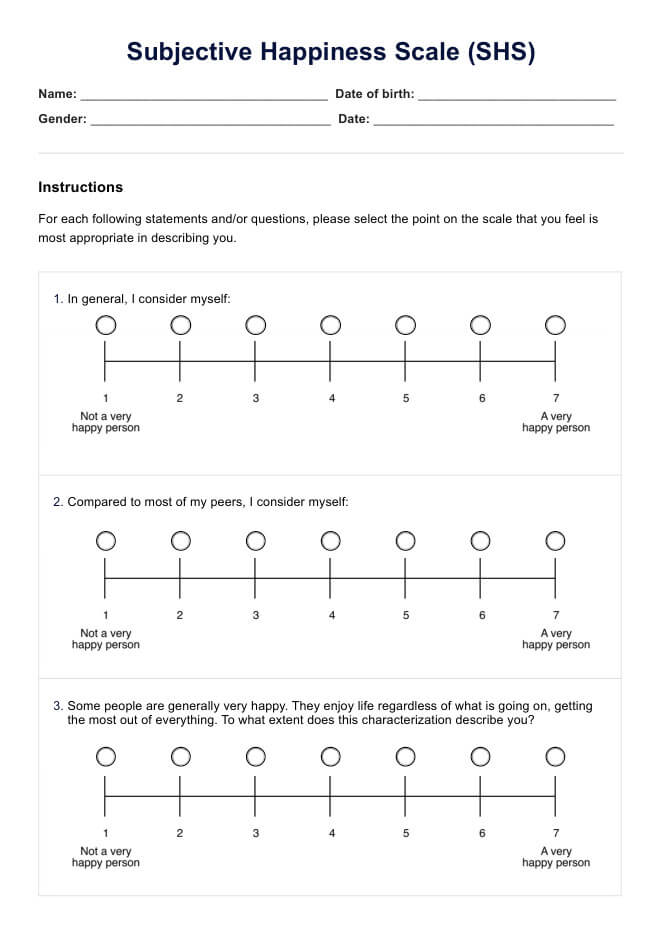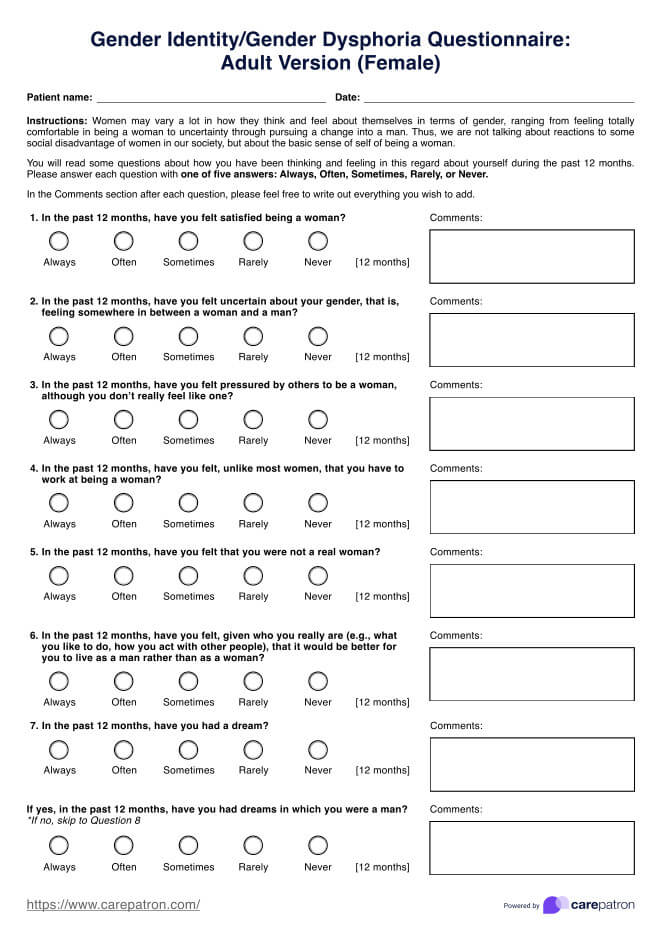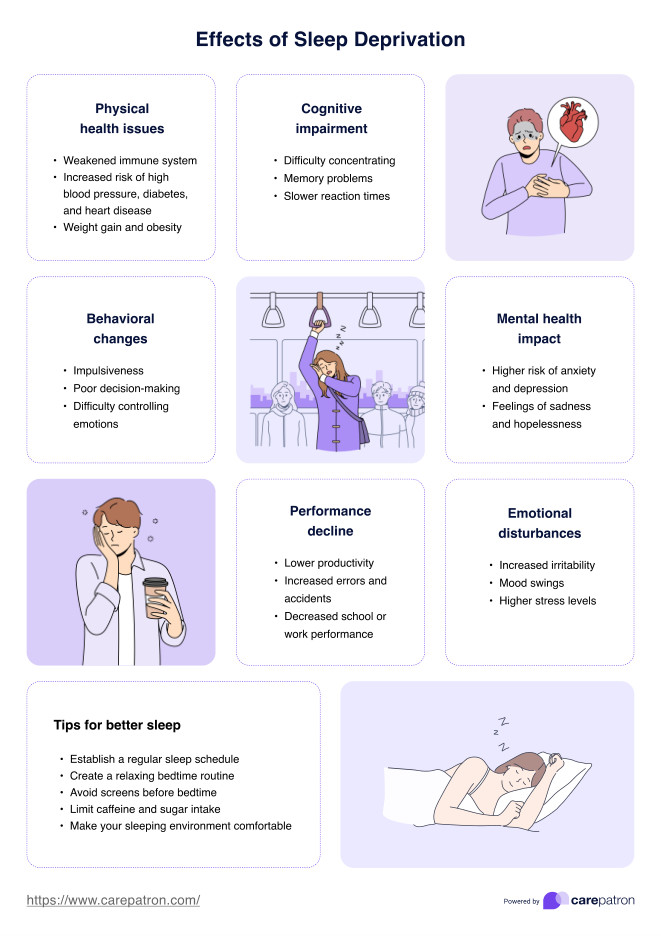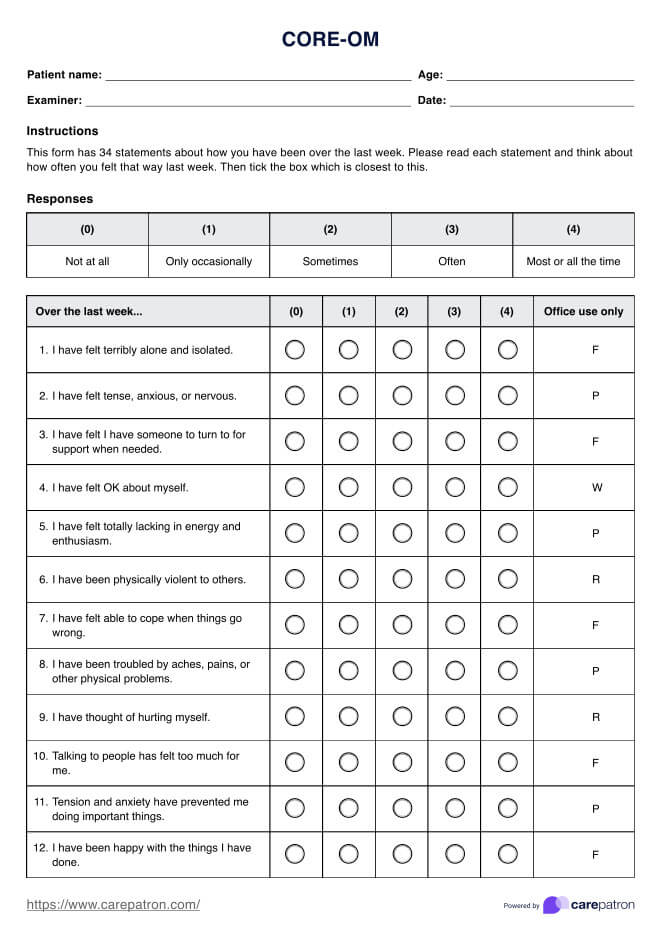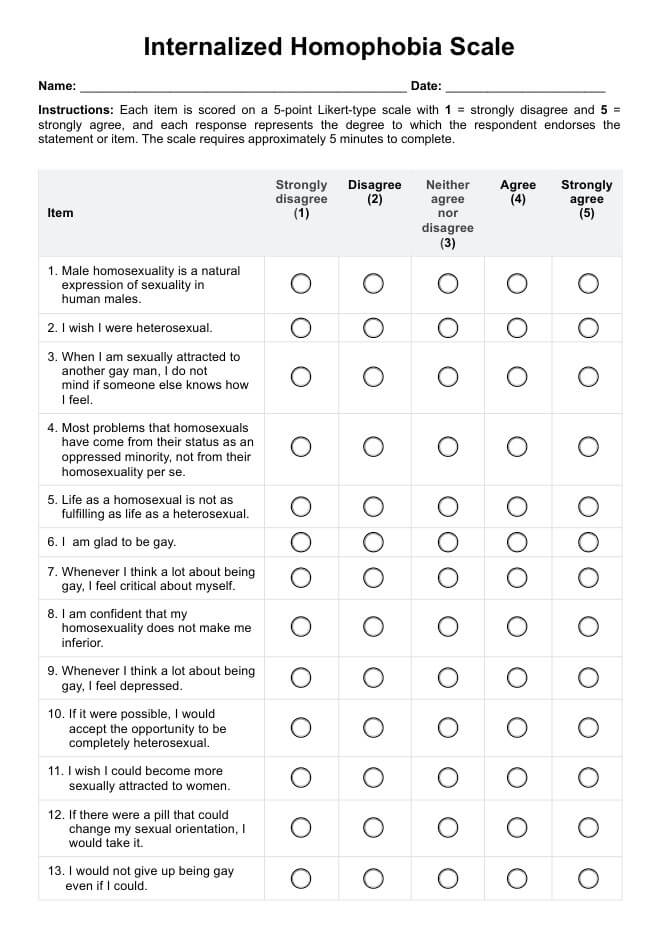Hammer Toe Treatment Guidelines Handout
Learn how to treat hammer toe and download Carepatron's free PDF for expert advice and tips on managing this condition.


What is hammer toe?
Hammer toe is a common foot condition characterized by an abnormal bend in one or more of the toes, typically the second, third, or fourth toe. This deformity occurs at the middle joint of the affected toe, causing it to bend downward resembling a hammer, hence the name. Hammer toe can develop gradually over time, often due to wearing shoes that are too tight or high heels that force the toes into a cramped position.
The main causes involve imbalance in the toe muscles or tendons, which leads to the toe staying in a bent position. Symptoms include discomfort or pain in the affected toe, particularly when wearing shoes, and difficulty moving the toe middle joint. The condition may also result in foot pain, corns, or calluses where the toe rubs against the shoe.
Hammer Toe Treatment Guidelines Handout Template
Hammer Toe Treatment Guidelines Handout Example
Hammer toe treatment
Hammer toe treatment aims to relieve pain, correct the deformity, and restore normal toe function. Various approaches can be employed, depending on the severity of the condition and individual preferences.
Shoe modifications and inserts
Shoe modifications are often the first line of defense against a hammer toe or if a toe is bent. Wearing shoes with a roomy toe box and low heels can help relieve pressure on the affected toes. Additionally, using shoe inserts or pads can cushion the bent toe and correct its alignment, reducing pain and preventing further deformity.
Stretching and exercises
Stretching exercises can help improve muscle balance and flexibility in the toes. Simple toe stretches and exercises that target the affected muscles can help straighten the affected toe joint and alleviate discomfort. Regularly practicing these exercises can also prevent the big toe condition from worsening.
Medications and pain relief
Over-the-counter pain relievers such as ibuprofen or acetaminophen can help manage pain and inflammation associated with hammer toes. Topical medications, such as anti-inflammatory creams or gels, may also provide relief and restore muscle balance when applied directly to the affected area.
Surgery
In severe cases where conservative treatments fail to provide relief, especially in the longest toe, surgery may be necessary. Surgical options vary and may involve releasing or lengthening the tightened tendons, straightening the toe joint, or removing deformed bone. Surgery aims to correct the toe's position and restore normal function, allowing for improved mobility and reduced pain.
How to use our treatment guidelines handout template
This section provides a guide on how healthcare professionals can effectively utilize Carepatron's Hammer Toe Treatment handout to assist patients in managing their condition.
Access and download the handout
Begin by accessing the Hammer Toe Treatment handout template on this page. Download the template in a format that is accessible and convenient for both digital and print use.
Review the handout
Familiarize yourself with the content of the handout.Make any necessary adjustments or customizations based on individual patient needs.
Introduce the handout to the patient
During a consultation, introduce the handout to the patient. Explain its purpose in guiding them through their treatment journey for hammer toe. Encourage them to review the handout thoroughly to understand the recommended physical therapy and lifestyle adjustments.
Educate the patient with the handout
Use the handout to educate the patient about hammer toe, its causes, symptoms, and treatment options outlined in the document. Emphasize the importance of adhering to the prescribed treatment plan and lifestyle modifications to reduce pain and prevent further deformity.
How can healthcare professionals benefit from our template?
Carepatron's Hammer Toe Treatment template offers several advantages for medical professionals, enhancing the management and treatment of patients with hammer toe.
Streamlined patient education
The template provides a structured approach to educating patients about hammer toe, its causes, and treatment options. This aids in clear communication and ensures patients understand the importance of adhering to recommended therapies and lifestyle modifications.
Consistent treatment protocols
By utilizing the template, healthcare professionals can standardize treatment protocols for hammer toe across their practice. This consistency helps in delivering effective care and ensures that all patients receive appropriate interventions based on current medical guidelines.
Time efficiency and documentation
The template facilitates efficient patient care by offering a ready-made resource that can be quickly accessed and customized. It simplifies documentation of treatment plans, progress notes, and patient education efforts, allowing healthcare providers to focus more on patient interaction and less on administrative tasks.
Commonly asked questions
The best treatment for hammer toe depends on its severity. Conservative measures such as wearing proper footwear, using shoe inserts, and doing toe exercises can help alleviate the bent position. In severe cases, surgery may be necessary to correct the deformity.
Yes, a hammer toe can often be corrected. Treatment options range from conservative measures like footwear modifications and exercises to surgical interventions that realign the toe joint and restore normal function.
In some cases, early intervention with conservative treatments can reverse or halt the progression of hammer toe deformity. However, advanced cases may require surgical correction to fully reverse the condition and restore toe function.


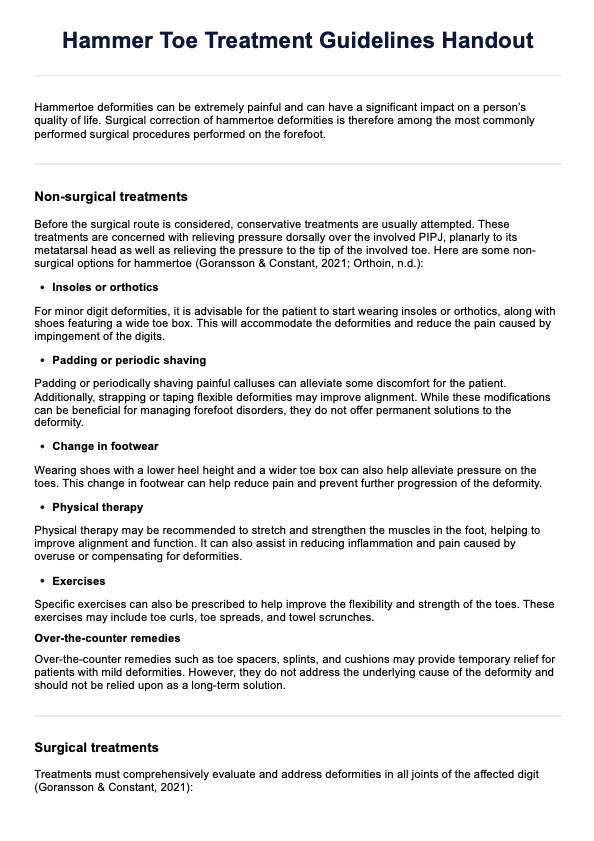
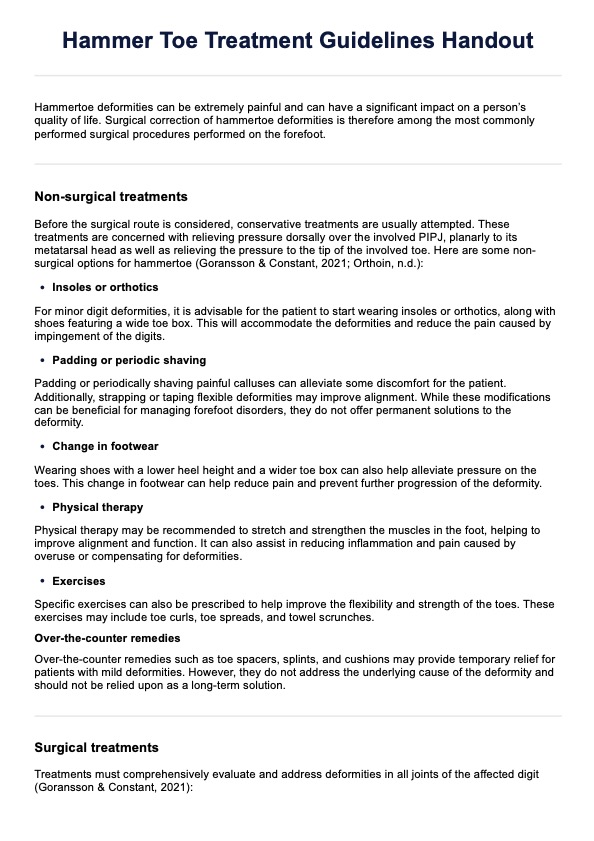

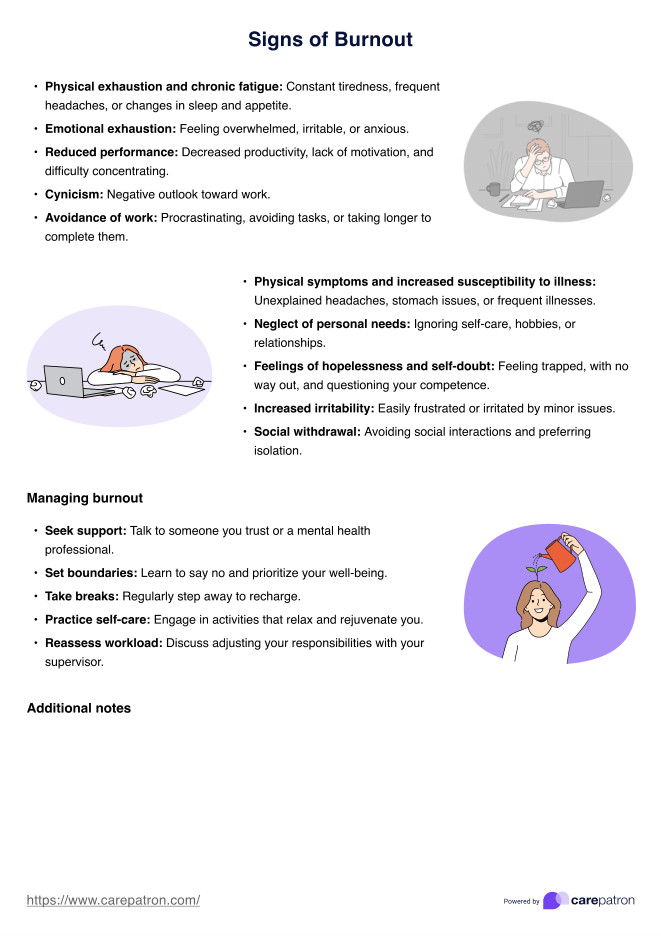















-template.jpg)








































































